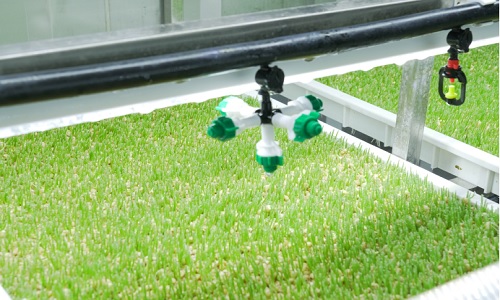With the improvement of people's living standards, more and more attention has been paid to food safety issues. Vegetables should be organic, and beef and mutton should be hormone free. Traditional agriculture has been progressing towards high technology, and traditional animal husbandry cannot lag behind. The current livestock breeding industry is also developing rapidly, starting with the reform of the feed eaten by livestock, and a more nutritious fodder without hormones has entered people's vision.Hydroponic Fodder,As the name suggests, it is a kind of feed grown through hydroponics technology.
How can hydroponic fodder systems be used for fodder planting?
Barley grass is a very good fodder variety. When raising animals, you can use straw to feed cattle, sheep, and other animals, or you can directly harvest fresh barley straw for green fodder. The leaves are very fresh, tender, and juicy. Barley grass is also a very common type of hydroponic forage grass, with a short growth cycle and high yield per unit area, which has high economic benefits for herders.Next, let's take a look at how hydroponic fodder achieve normal growth.

There is still a lot of work to be done before barley hydroponics planting. The first step is disinfection. First, use 84 to disinfect the tray to be used for hydroponics. This step is crucial to prevent the tray from being contaminated and causing poor forage quality. The next step is soaking. Before planting in hydroponic culture, soak the seeds. Wash and filter the barley seeds with clean water, and then fill them with water to soak for 8-10 hours.
Hydroponic barley seedlings can be planted all year round. The soaking time in hot summer is less than 8 hours, and the soaking time in cold winter is longer. The purpose is to make the seeds soft and germinate better after being saturated with water. Then spread the soaked barley seedlings evenly on a sterilized tray. Be sure to remember to shade them from the light and wait until they sprout before proceeding with light treatment. Generally, the growth of forage grass is completed within 5-7 days after budding, and then the above steps can be continued for the next batch of fodder planting.

What are the advantages of hydroponic fodder?
High nutritional value.
Hydroponic fodder has higher nutritional value than traditional fodder, which contains high carbohydrates, minerals, and vitamins. Traditional fodder can generally only satisfy livestock. Hydroponic fodder is directly cultivated through water and special nutrient solutions, so all nutrients in the nutrient solution are absorbed by the forage. Livestock consuming hydroponic fodder can absorb more nutrients, and the quality of livestock will greatly improve as they receive more nutrients.
Save water resources
Compared to conventional fodder production, hydroponic fodder production requires less water. Planting a kilogram of hydroponic fodder requires only 3 to 4 liters of water, while planting the same traditional fodder requires approximately 70 to 100 liters of water. In some countries where water resources are scarce, hydroponic pasture is a very economical method of forage production.
Hydroponic fodder container system can grow to 15-18 centimeters in 7 days, and the supply of forage is stable. There is basically no need to worry about the shortage of forage. The important thing is that forage can grow as usual in dry or cold weather.This allows for uninterrupted fodder supply throughout the year.



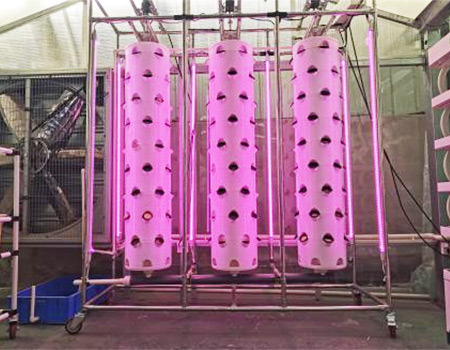
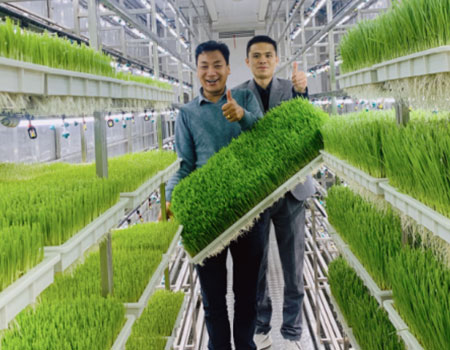
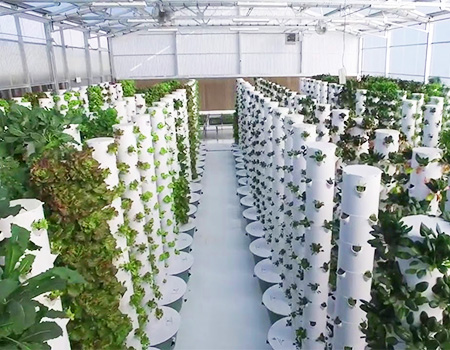
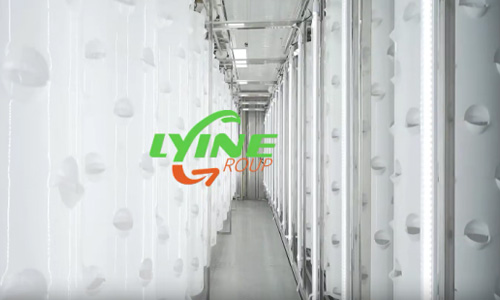
.jpg)
